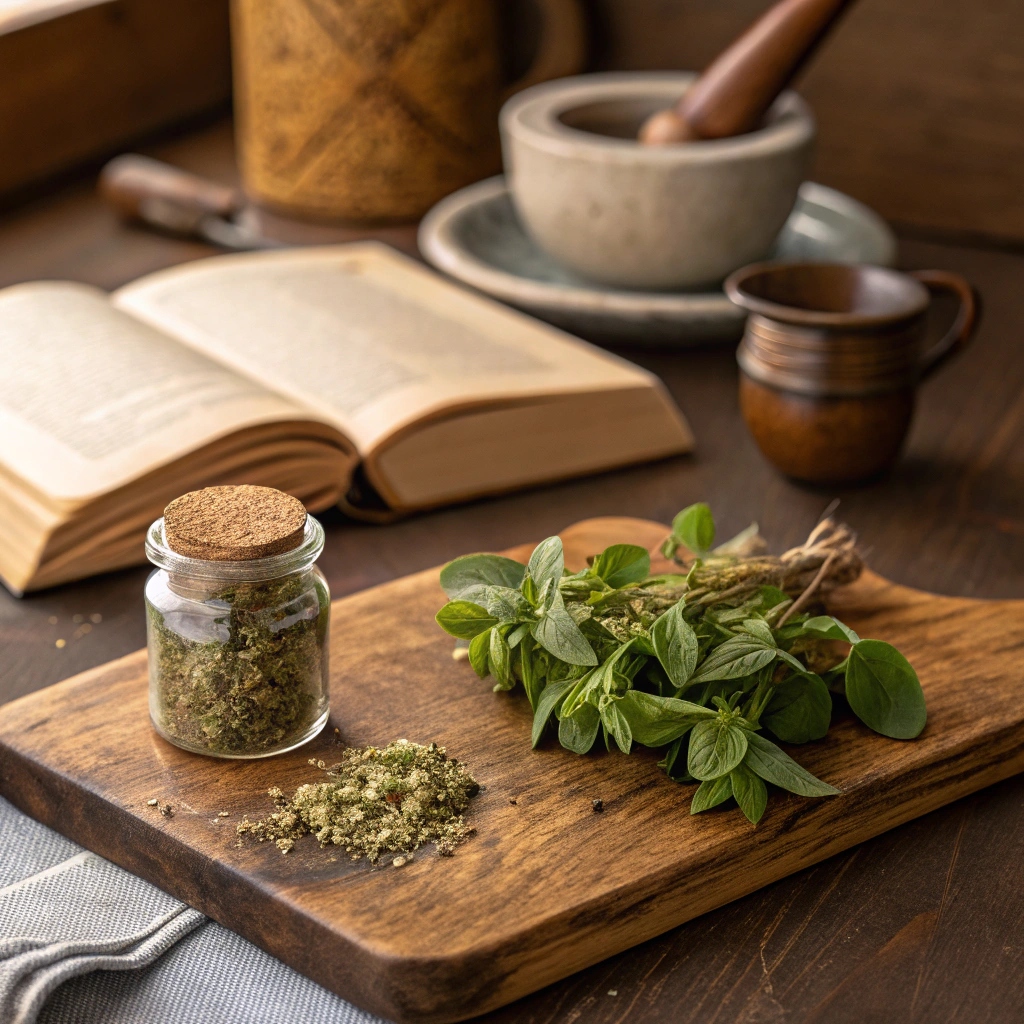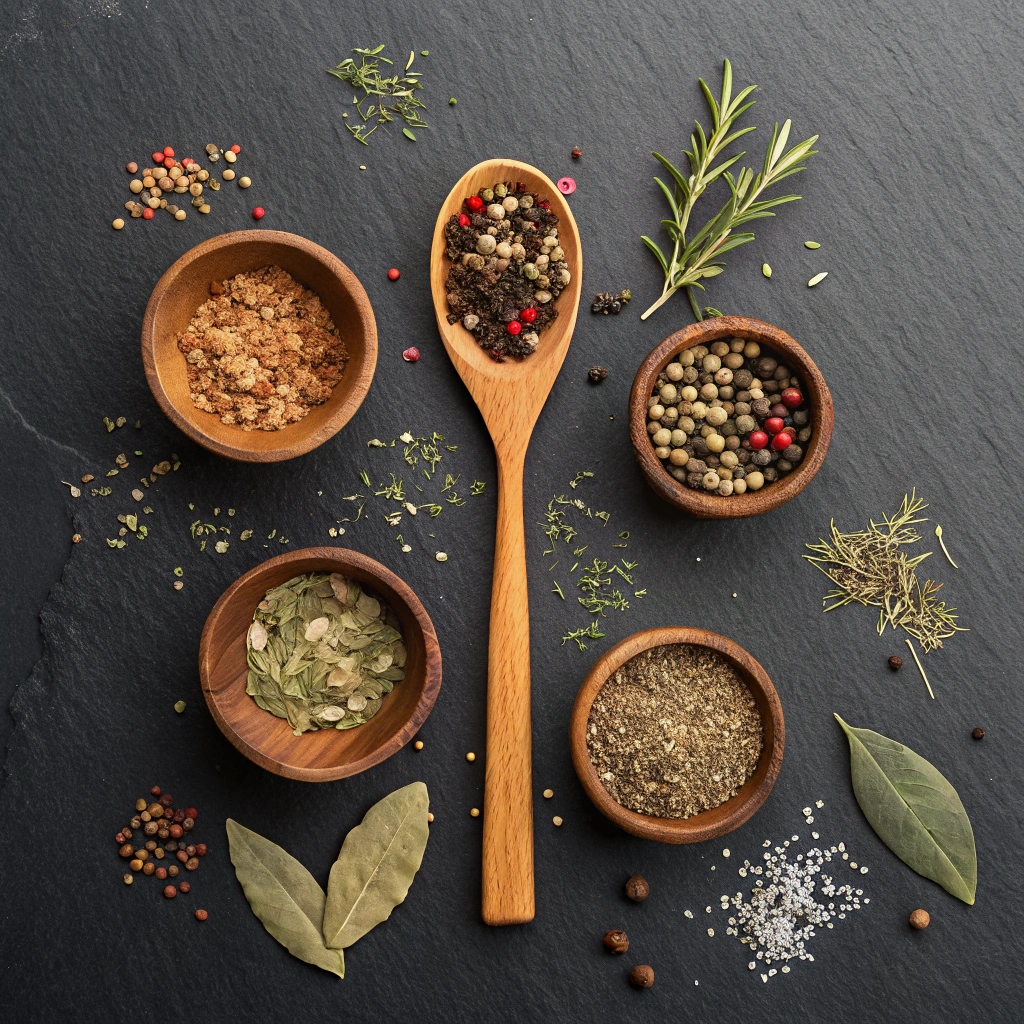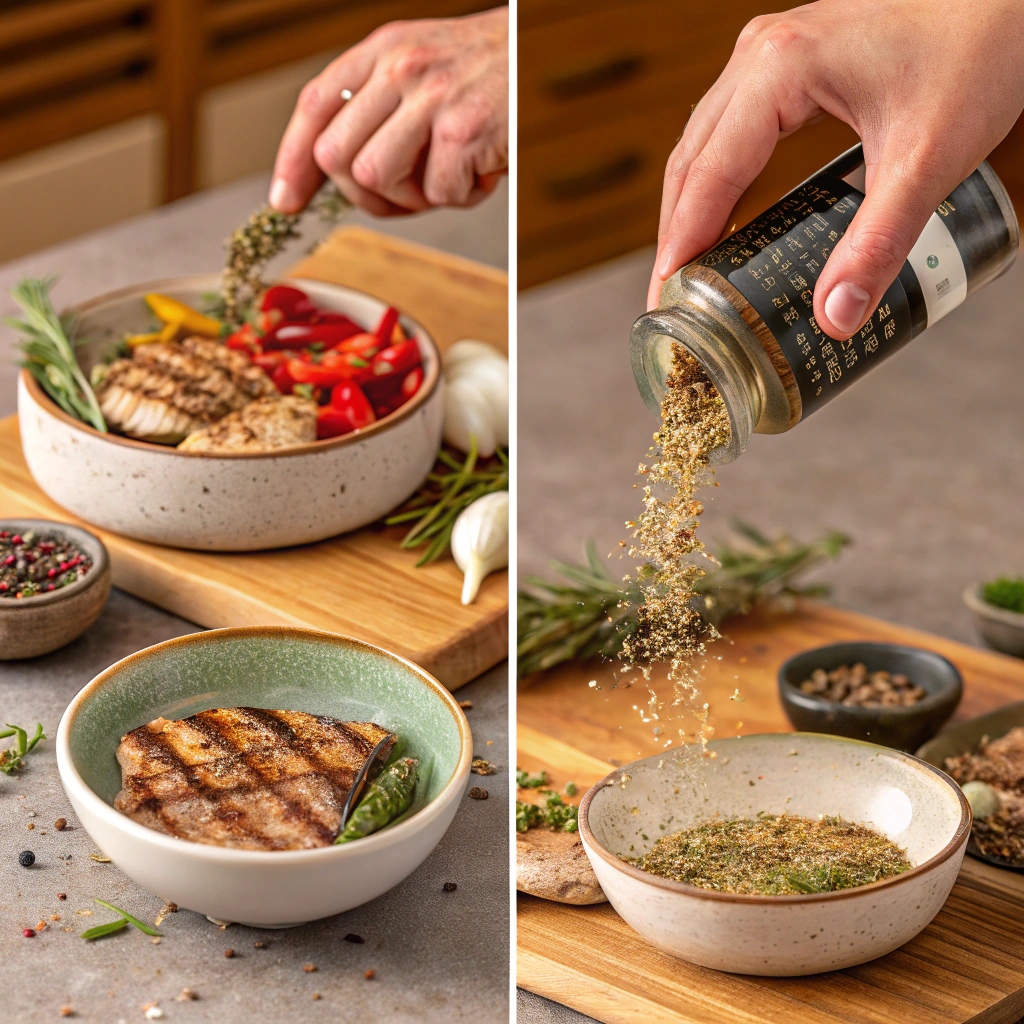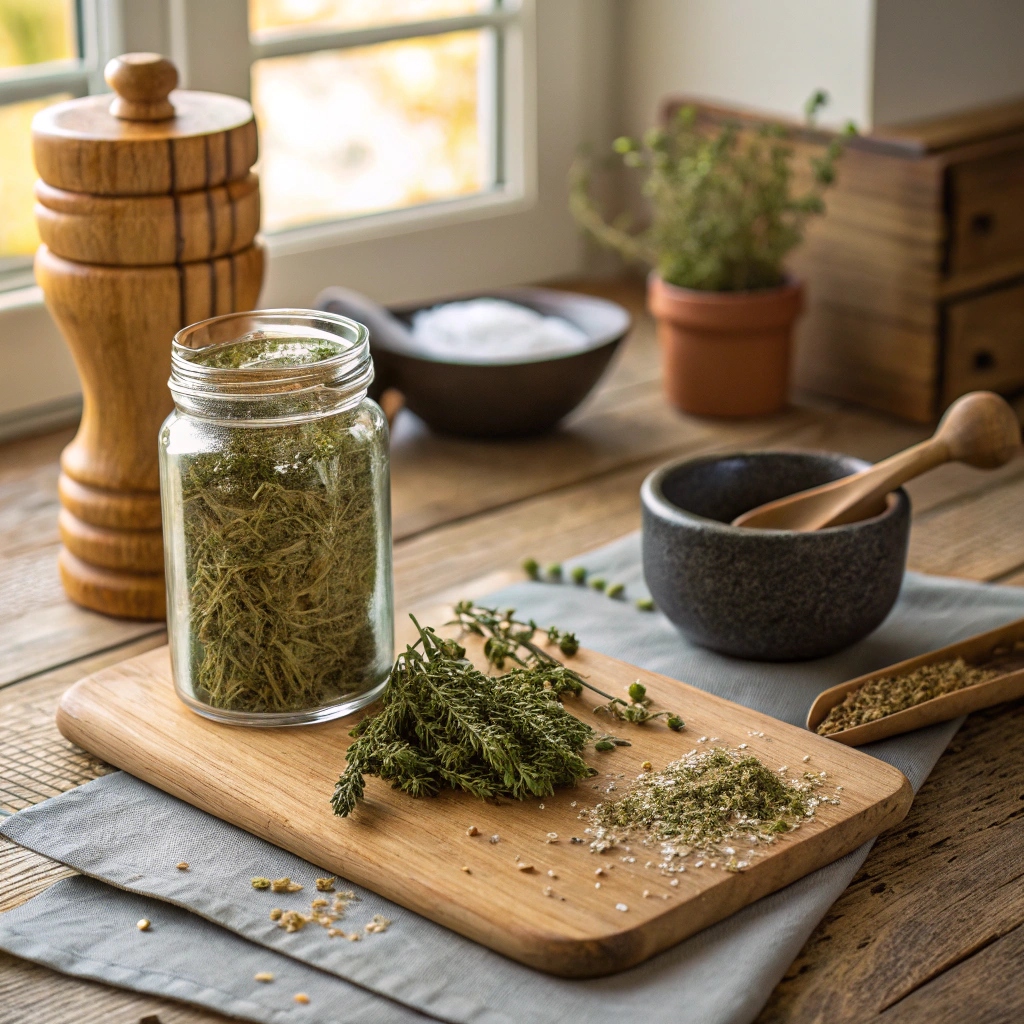Introduction

Oregano is a staple herb in kitchens around the world, prized for its robust, earthy flavor and versatility. Whether used fresh or dried, it enhances the taste of soups, stews, pasta sauces, grilled meats, and even homemade spice blends. Originally native to the Mediterranean region, oregano has found its way into cuisines across Latin America, the Middle East, and beyond.
Beyond its culinary uses, oregano is valued for its potential health benefits. Rich in antioxidants and essential oils, it has been traditionally used for its antibacterial and anti-inflammatory properties. This guide will explore the key benefits of oregano, its culinary applications, and how you can make the most of this aromatic herb in your kitchen.
Key Benefits of Oregano
1. Enhances Flavor Naturally
Oregano provides a bold, slightly peppery taste that elevates a wide range of dishes without the need for artificial seasonings or excessive salt. Its deep, savory aroma pairs well with tomatoes, garlic, and olive oil, making it a favorite in Italian and Greek cooking.
2. Supports Digestive Health
Oregano contains compounds that may aid digestion by stimulating bile flow and reducing bloating. Adding it to meals can help support gut health and improve nutrient absorption.
3. Rich in Antioxidants
This herb is packed with antioxidants such as thymol and carvacrol, which help combat oxidative stress and support the immune system. Incorporating oregano into your diet can contribute to overall wellness.
4. Has Natural Antibacterial Properties
Oregano’s essential oils have been studied for their antimicrobial effects, making it a potential natural remedy for fighting harmful bacteria. It has been traditionally used in teas and tinctures to support immune health.
Ingredients

For this oregano-based seasoning mix, you’ll need:
- 2 tablespoons dried oregano (or 4 tablespoons fresh oregano, finely chopped)
- 1 tablespoon dried basil
- 1 tablespoon dried thyme
- 1 tablespoon garlic powder
- 1 teaspoon onion powder
- 1 teaspoon crushed red pepper flakes (optional)
- 1 teaspoon sea salt
- 1/2 teaspoon black pepper
- 1/2 teaspoon smoked paprika
Instructions

Step 1: Measure the Ingredients
Gather all the dried herbs and spices. If using fresh oregano, chop it finely to release its full flavor.
Step 2: Mix the Ingredients
In a small bowl, combine all the spices and herbs. Stir well to ensure an even distribution.
Step 3: Store the Seasoning Blend
Transfer the mixture to an airtight container or spice jar. Store in a cool, dark place for up to six months.
Step 4: Use in Your Favorite Dishes
Sprinkle over grilled chicken, roasted vegetables, or pasta dishes for an extra depth of flavor. It also works well as a rub for meats or a seasoning for homemade sauces.
Pro Tips and Variations

- Use Fresh Oregano: If using fresh oregano, add it at the end of cooking to preserve its delicate aroma and flavor.
- Make it Spicy: Increase the amount of crushed red pepper flakes for a hotter kick.
- Experiment with Citrus: A touch of lemon zest can enhance the freshness of the blend.
- Pairing Suggestions: Oregano pairs well with garlic, lemon, olive oil, and tomatoes, making it a great addition to Mediterranean dishes.
Conclusion
Oregano is an essential herb that brings bold flavor and numerous health benefits to your cooking. Whether used as a seasoning blend or added fresh to dishes, it enhances taste while supporting digestion and overall wellness. With its versatility, oregano is a must-have in every kitchen. Try experimenting with different recipes to find new ways to enjoy this aromatic herb.
FAQs
1. When should oregano be used?
Oregano should be added early in cooking when using dried oregano to allow its flavors to develop. If using fresh oregano, add it towards the end to preserve its aroma and delicate taste.
2. What is oregano used for besides cooking?
Beyond cooking, oregano is used in herbal teas, essential oils, and natural remedies for its antibacterial and anti-inflammatory properties. It is also used in homemade cleaning solutions due to its antimicrobial effects.
3. Where is oregano most commonly used?
Oregano is most commonly used in Mediterranean, Italian, Greek, and Mexican cuisines. It enhances sauces, grilled meats, soups, and even infused oils. It’s a key ingredient in many spice blends and rubs worldwide.

